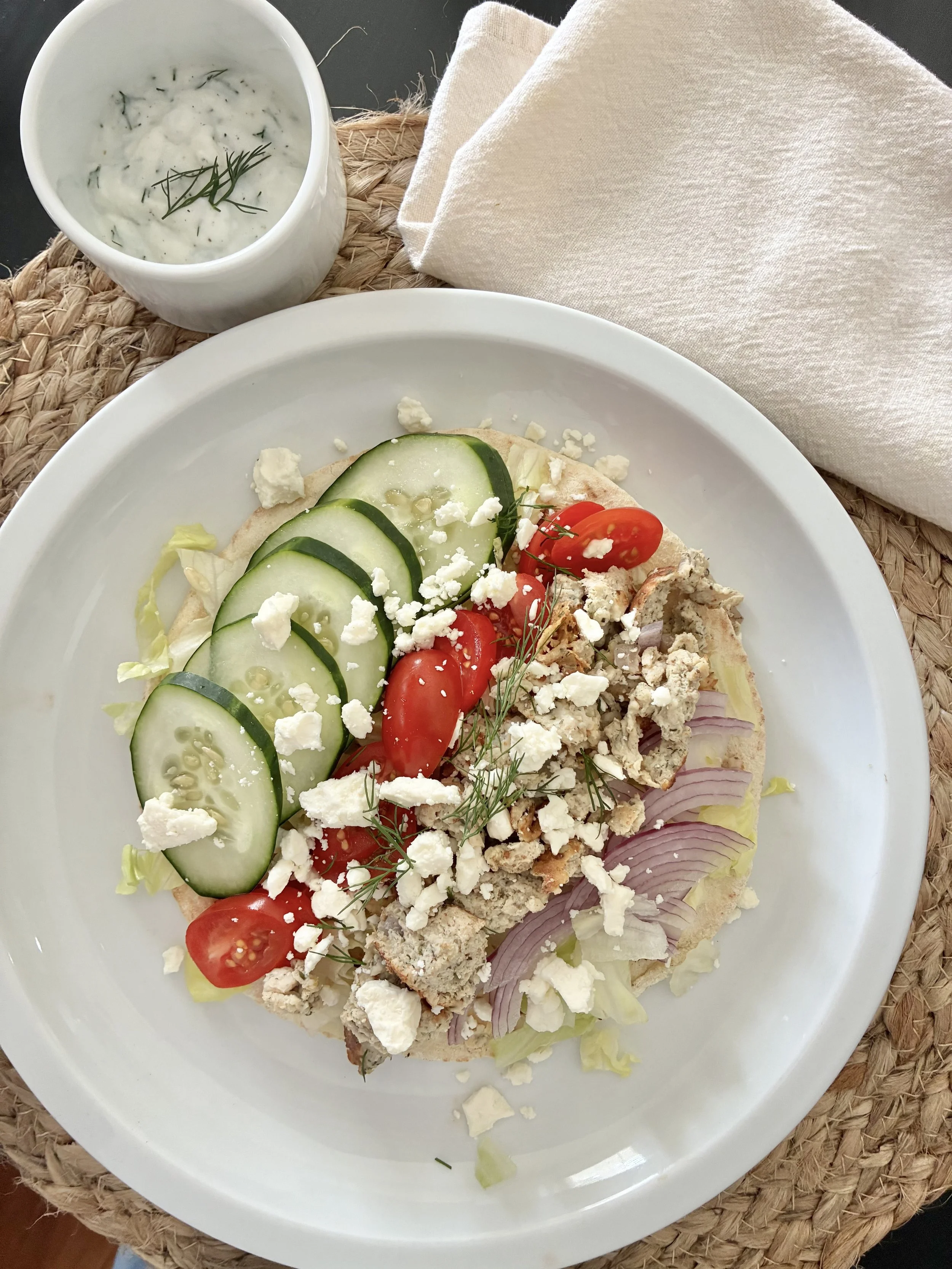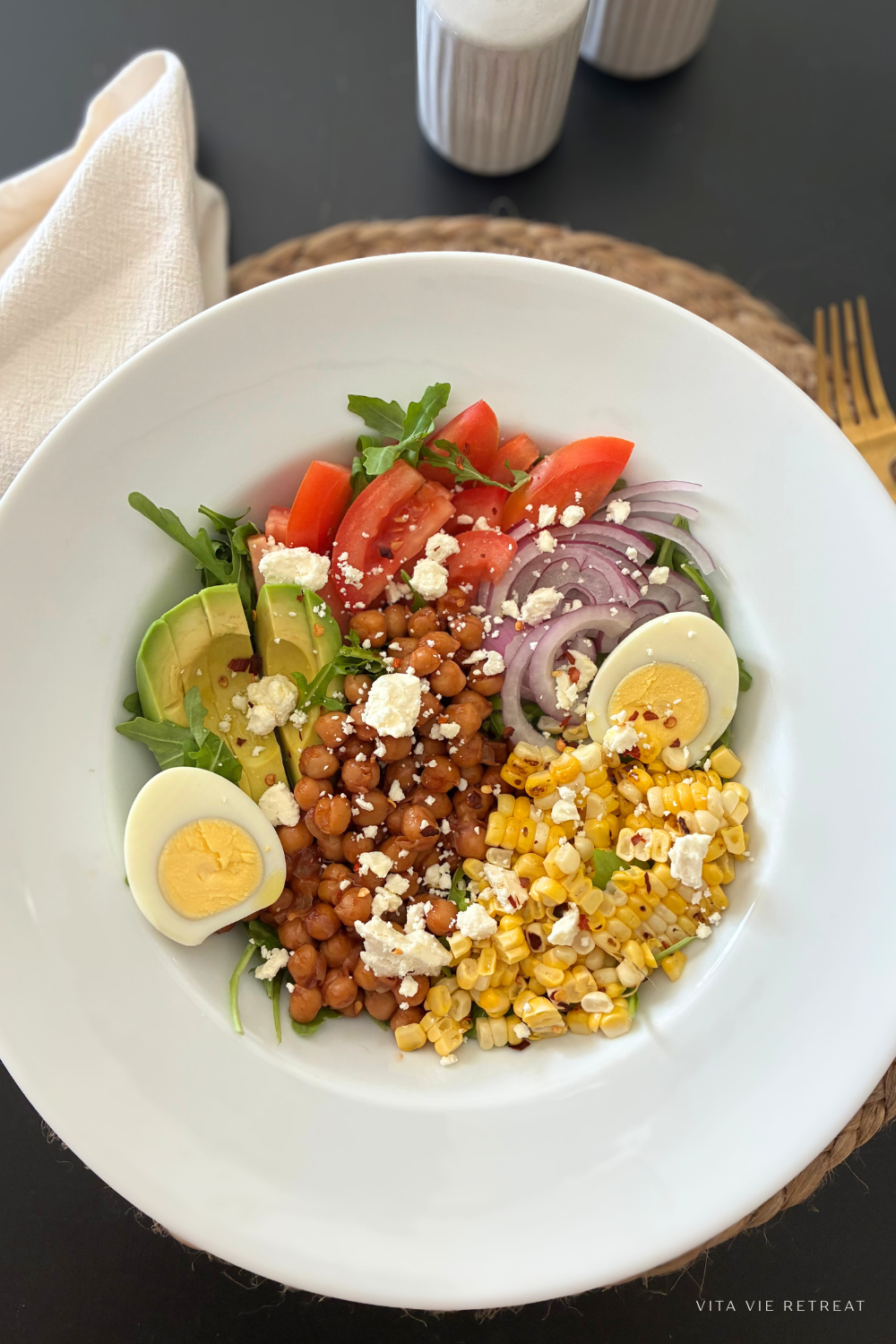How To Transition Off of GLP-1 Medications
/Author: Margot Rutigliano, CPT, Pn2, Nationally Certified Health Coach | Founder Vita Vie Retreat
Weight loss is one of the biggest topics we chat about with our guests at our wellness retreat. With the rise in use of GLP-1’s for weight loss and a general curiosity around them, we thought providing guidance might be helpful for those in search of it. GLP-1 medications have been a powerful tool for many individuals in managing weight and blood sugar levels.
However, if you’re planning to transition off these medications, it’s important to have a solid strategy in place to maintain your progress and support your overall health. It should be stated that checking with your doctor or health care practitioner is always your first step. I’ve said this a million times in all of our blog posts about GLP-1 drugs - the drug is an accessory. It is NOT a replacement for healthy, consistent lifestyle habits.
It’s always important to check with your healthcare provider (if you haven’t already) when it comes to your detachment plan from your GLP-1.
Aside from that, there are important elements to include to ensure a balanced experience to minimize negative impacts. Below are key tips to help you successfully navigate this transition with healthy lifestyle habits.
1. Prioritize Protein
Protein plays a crucial role in managing hunger, stabilizing blood sugar, and maintaining muscle mass. As your appetite may increase after stopping GLP-1 medications, ensuring adequate protein intake can help you stay full and satisfied. Aim to include a high-quality protein source with every meal, such as lean meats, fish, eggs, tofu, legumes, or Greek yogurt.
How much protein should you take in per day? - We recommend .5 - 1 gram of protein per pound of body weight. Ex: If you weigh 150 pounds, aiming for at least 75g of protein per day is a great place to start. You can then assess how your hunger and satiety are managed. If you’re active, aiming for 1g of protein per pound of body weight might be more helpful to help you sustain muscle mass, promote recovery and still manage hunger and satiety.
2. Be Mindful of Portion Sizes
Without the appetite-suppressing effects of the medication, portion control becomes even more important. Developing a strategy that works for you can help prevent overeating. You can:
Use a food tracking app like MyFitnessPal or Cronometer.
Practice the “eyeball method” by estimating portions based on your hand size (e.g., a palm-sized portion of protein, a fist-sized serving of vegetables, a cupped hand is a serving of starchy carbs and 1 thumb is a serving of fat).
Use smaller plates and bowls to naturally control portions.
Portion control plates, like this one can be helpful: Portion Control Plate
3. Stay Hydrated
Hydration is essential for digestion, metabolism, and appetite regulation.
Being fully hydrated is also a requirement for proper absorption of nutrients which enables your body to function optimally.
Sometimes thirst is mistaken for hunger, leading to unnecessary snacking.
Aim to drink at least half your body weight (in ounces) of water daily and include herbal teas or flavored water if plain water feels monotonous.
Add fresh lemon slices, muddled berries or herbs such as mint to your water for a freshened up taste.
4. Optimize Nutrition for Overall Health
A balanced diet rich in whole, nutrient-dense foods will help you maintain stable blood sugar and energy levels. Focus on:
Colorful fruits and vegetables for vitamins, minerals, and fiber.
Healthy fats like avocados, nuts, seeds, and olive oil.
Complex carbohydrates such as quinoa, sweet potatoes, and whole grains to provide steady energy.
Protein (already mentioned but I’m really driving this point home!)
→ Get our FREE 7 Day GLP-1 Meal Plan for Weight Loss & Wellness
5. Keep Moving
Regular physical activity is essential for maintaining energy balance and regulating blood sugar levels. Incorporate a mix of:
Strength training to preserve muscle mass.
Cardiovascular exercise like walking, cycling, or swimming.
NEAT (non-exercise activity thermogenesis) by increasing daily movement through activities like taking the stairs, standing more, or doing housework.
A short walk after meals can be a crucial component for insulin regulation. Even a 10 minute walk after a meal can be a game changer!
6. LEARN MINDFUL EATING
Transitioning off a GLP-1 medication can bring changes in appetite and digestion, making it essential to develop mindful eating habits. Mindful eating allows you to stay in tune with your body’s natural hunger and fullness cues, helping you maintain balance and avoid overeating.
Slow Down & Savor – Eating at a slower pace gives your brain time to register fullness, reducing the chances of overeating. Try setting your fork down between bites and taking deep breaths to stay present.
Tune Into Hunger & Fullness – Before eating, ask yourself: Am I truly hungry, or is this boredom, stress, or habit? During meals, check in with your body periodically to recognize when you’ve had enough.
Chew for Better Digestion & Absorption – Chewing each bite thoroughly not only aids digestion but also helps you appreciate textures and flavors, making meals more satisfying with less food.
Eliminate Distractions – Eating without screens or distractions allows you to focus on your meal and recognize when you’re full, rather than eating mindlessly.
Engage Your Senses – Notice the colors, smells, and flavors of your food. This small shift can increase satisfaction and prevent the need to overconsume.
By implementing these mindful eating strategies, you can support a smooth transition off GLP-1s while fostering a healthier, more intuitive relationship with food.
ADDITIONAL THOUGHTS
Each person’s experience transitioning off of any GLP-1 medication will be different. It’s important to tune into your own body to understand what works best for you. Experiment with different strategies to find what feels right and what helps you manage hunger, blood sugar, energy levels and your weight.
For additional tips and guidance, get our GLP-1 Blueprint for Weight Loss & Wellness
Keep Going: Your Next Steps
Want to dive deeper? Here are a few resources to keep the momentum going:
📌 Related Posts
✓ Done-for-You Guides
The GLP-1 Lifestyle Blueprint → your complete system for GLP-1 success (all in one place)
The GLP-1 Recipe Bundle → a full recipe bundle formulated specifically for GLP-1 users
THE GLP-1 BLUEPRINT FOR WEIGHT LOSS AND WELLNESS
Support your GLP-1 journey with:
GLP-1 Specific Meal Plans, High Protein Meal Plans
Plant-based Meal Plans for those on a plant based journey
Over 250+ recipes total
Meal prep tips, Grocery shopping lists
Specific GLP-1 Tips & FAQ’s
Tips to transition off of a GLP-1 Medication
Tracking Tools
So much more!






















